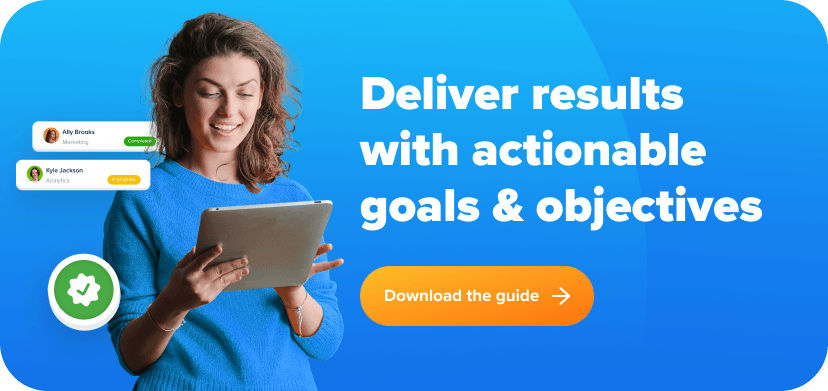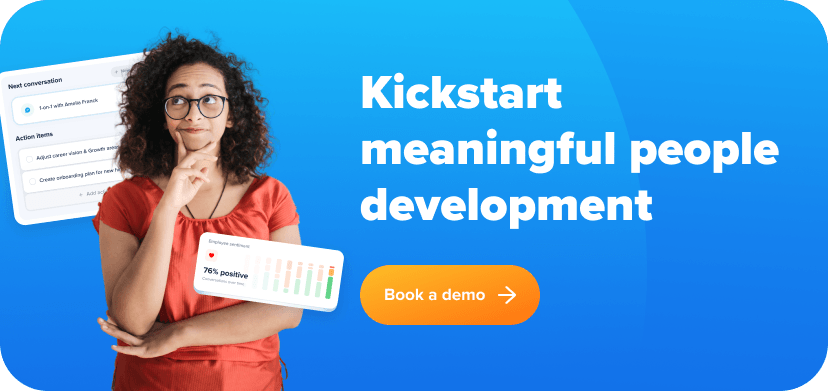Objectives & Key Results, or OKR’s, is a goal-setting framework used by companies like Google, LinkedIn and Intel.
The reason it remains such a popular goal-setting framework is that it creates a unified approach, splitting goals and objectives into two clearly defined groups: what & how.
It works by simply asking yourself: what would I like to accomplish and how will I accomplish it? The Objective is the what, while the Key Results is the how.
Why OKRs is a goal-setting framework you should consider
The need for OKR’s has become more significant than ever since research has shown that “on average, 95% of a company’s employees are unaware of or do not understand its strategy”.
OKR’s help you shift your business from a culture of reactivity to proactivity, giving your entire team an ‘on the business’ focus. Your team will not only know what direction your business is heading, but they will be active participants in creating it.

How to use Objectives & Key Results for goal-setting
Now that you understand a little bit about the background of OKRs, let’s breakdown the two essential parts, the Objective & the Key Results.
When setting an Objective, it is essential for a CEO, or top leadership, to follow a defined OKR template. They should ask themselves, “What will help our company be more successful?” or “What do I want to accomplish within the next year?” By defining the what, you set an objective for your organization to follow.
The Key Results are the actions of How to make the goal happen. Try thinking about how each department can contribute to the company’s overall success or how you can accomplish the goals you set out for the next year.
Each what, or objective, should have at least three, clear key results setting out how you will accomplish them. The objective can be ambitious, but your key results should always be a realistic plan on how to achieve the ambitious goal.
OKRs are not about completing the goals set in front of you; they are about connecting the organization to work towards a common goal. But how do objectives and key results help your organization?
- They keep your company aligned
- They help you focus on what really matters
- They help increase transparency within the organization
- They help you empower employees
- They help you measure progress
- They help you turn your strategy into a reality

How to set OKRs for productivity and impact
OKRs are not a to-do list. They are a framework for you to take into account what really matters to your business and how you can get there to achieve the success you set out to have.
Our OKR Guide sets out key information for getting started with goal setting, but it’s always worth keeping the following in mind when you plan your goals:
Are they ambitious?
Objectives are goals that you strive to achieve for your organization. They are ambitious things that might not be achievable, and that is the point. If you are meeting your OKRs regularly, you are not doing it right. It would be best if you were coming close to fulfilling the Objectives every time but not completing them each time.
Are they measurable?
Your Key Results should always be something that can be measured. If they are not able to be measured, they are too vague to be a key result. The measurability helps show if you actually accomplished the part of the goal you set out to achieve.
Are they transparent?
The entire organization should have visibility into the OKRs set by the CEO and Leadership teams. This way, everyone can see what is going on and how they individually contribute to the company’s success. This not only is motivating but provides the necessary clarity to make your strategy a reality.
Tools like eloomi’s performance management suite can help here, giving you a clear framework to set expectations around goals and objectives, while monitoring progress and celebrating wins.
Interested in learning more about how you can implement goals and objectives in your organization?
Book an eloomi demo today to make your next planning session practical.






